Inward remittances show rosy prospects
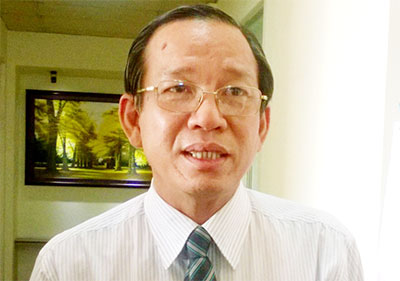 |
| Nguyen Hoang Minh, deputy director of the Ho Chi Minh City branch of the State Bank of Vietnam |
Could you briefly tell the readers about the city’s inward remittance flow tendencies experienced so far this year?
To date, inward remittances about $1.7 billion in worth have reached Ho Chi Minh City through the city-based banking system, an 18 per cent jump on-year, which is tantamount to 35 per cent of the whole of 2014.
In fact, inward remittance to Vietnam has demonstrated year-on-year growth in recent years. Therefore, we expect city-based banks to receive about $5.3-$5.5 billion in inward remittances this year against the $5 billion last year.
What macroeconomic factors have underpinned inward remittance growth?
Usually, inward capital volumes heavily depend on the macroeconomic situation not only in Vietnam, but in overseas host countries. In previous years, though lots of difficulties have persisted in the macroeconomic situation of Vietnam, it still posted an annual growth of 10-12 per cent in this capital flow. This year, the global and domestic economy have shown signs of rebound, specifically the property and securities markets have improved constantly, providing favourable conditions to attract capital to Vietnam and Ho Chi Minh City in particular. Therefore, we have reasons to believe the forecast that inward remittances will increase by 12-15 per cent this year.
Which countries are the major sources of inward remittances?
These inflows mainly came to Vietnam from Europe and America. In the ASEAN markets some positive changes have been spotted, but inward remittances from the area derived mainly from Vietnamese export labourers with modest incomes, meaning there could hardly be a significant breakthrough.
Besides, the charges for money transfers in Europe and America have proven fairly competitive compared to those in the region, which is also a factor to attract inward remittance flows.
What about inward remittance flows into the property sector?
Compared to 2013, inward remittances into property rose only slightly last year. As the property market is warming up, capital flows into this sector are forecast to grow in the upcoming time. By the end of 2014, inward remittances into the property sector accounted for about 21.2 per cent. This may rise to 23-24 per cent by the end of this year.
Arguments persist that recent rising exchange rates have put pressure on the dong deposit rate. What is your view on these tendencies?
Some banks have inched up the interest rate of their long-term deposits in order to balance their money sources. Deposits at banks are often short-term, while banks’ lending activity is conducted mostly on the medium and long-term. In the context of current market tendencies, firms want stability in the interest rate of medium and long-term loans, requiring banks to have stable deposit sources and offer low-interest loans. This explains why banks have slightly increased their [long-term] raising rates to attract depositors, not necessarily because the rising exchange rate is exerting pressure on the dong deposit rate.
What the stars mean:
★ Poor ★ ★ Promising ★★★ Good ★★★★ Very good ★★★★★ Exceptional
Latest News
More News
- Mandatory biometric verifications to be expanded (December 19, 2024 | 10:37)
- Bank transfers lead to rebranding phase (December 19, 2024 | 09:00)
- Ownership of financial groups comes to fore (December 18, 2024 | 11:34)
- AI will be a game-changer in banking and finance (December 18, 2024 | 10:00)
- F88 partners with MB to transform over 850 financial stores into bank offices (December 17, 2024 | 18:04)
- Obstacles to stock-market upgrade to be removed (December 17, 2024 | 11:29)
- Vietnam seizes opportunities amid global trade shifts (December 16, 2024 | 18:00)
- Long-term perspective remains optimal approach (December 16, 2024 | 14:26)
- Fiscal measures to be based on upcoming US status (December 16, 2024 | 10:09)
- PetroVietnam accelerates divestment from PVI (December 16, 2024 | 06:59)





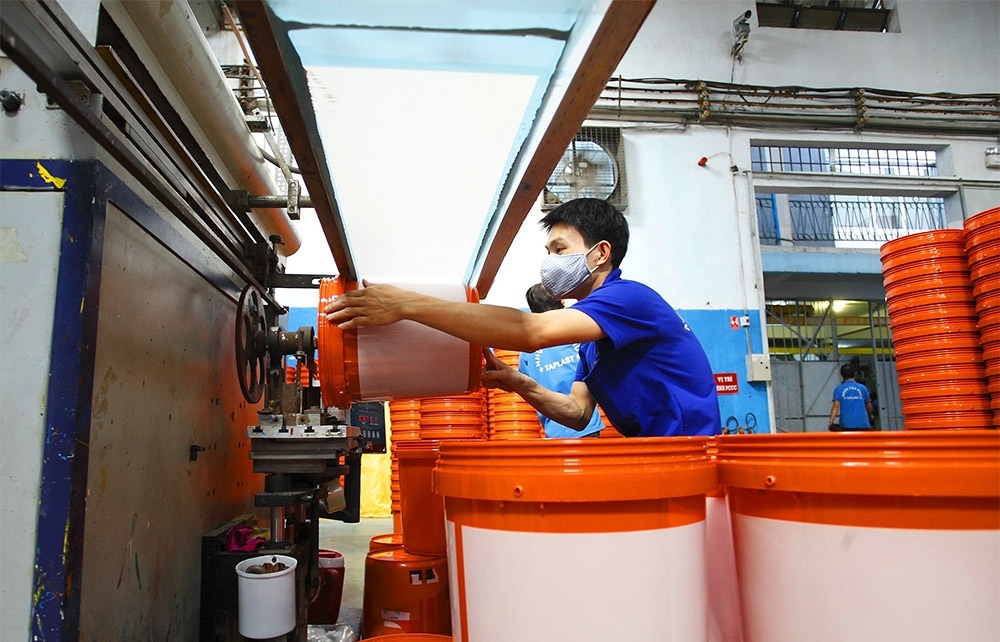
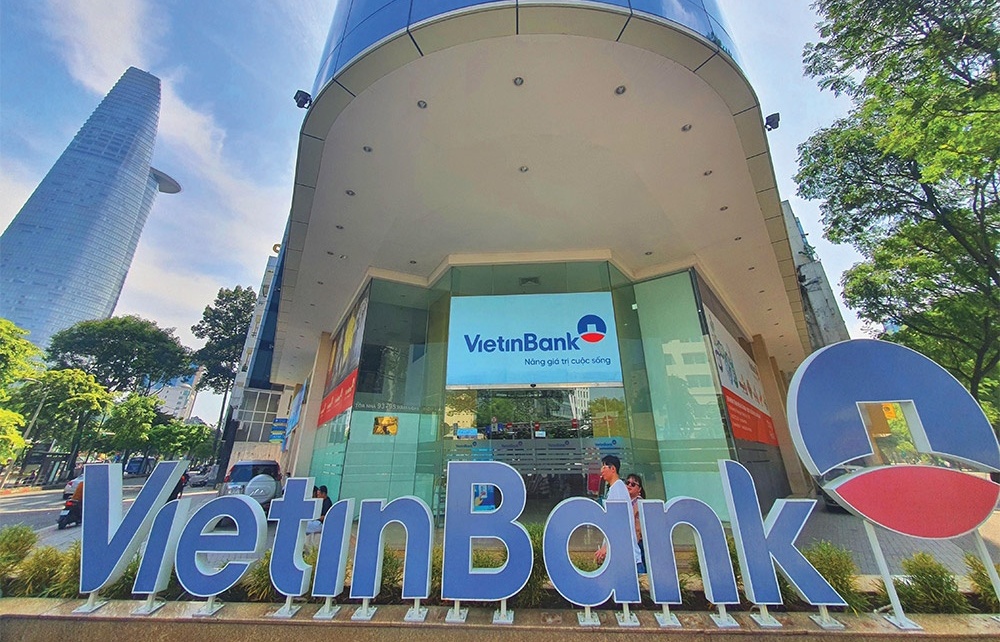
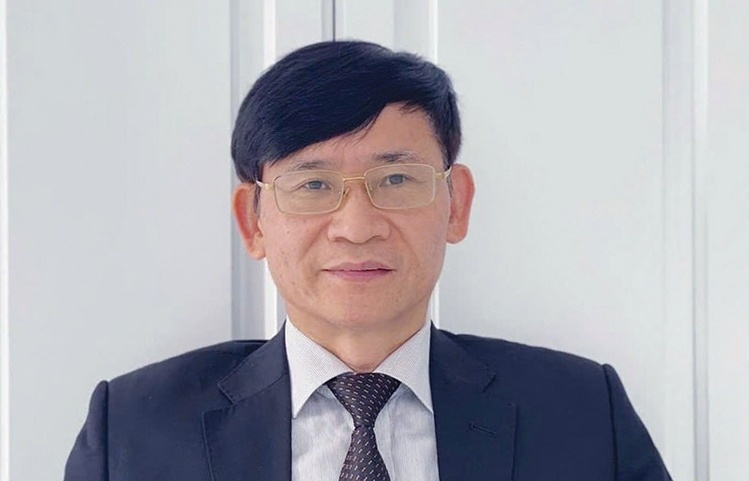
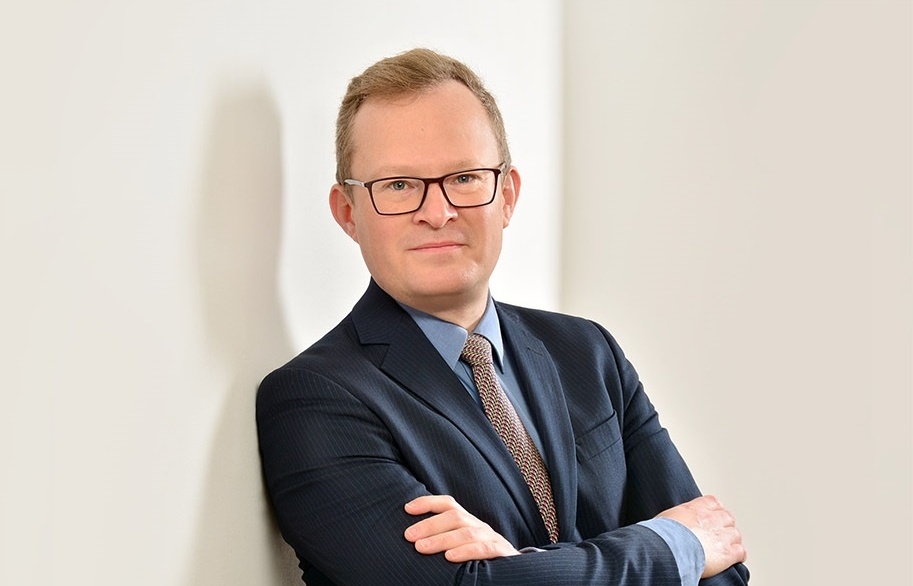










 Mobile Version
Mobile Version